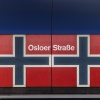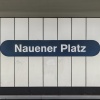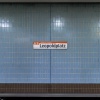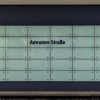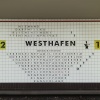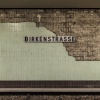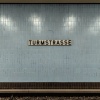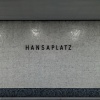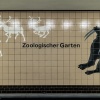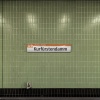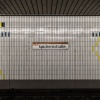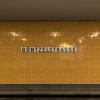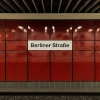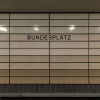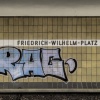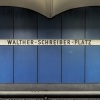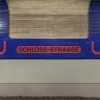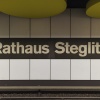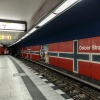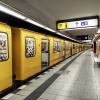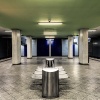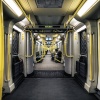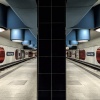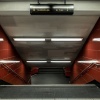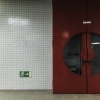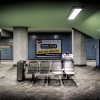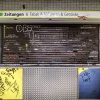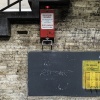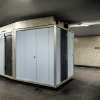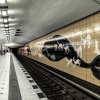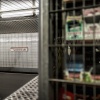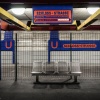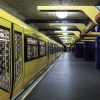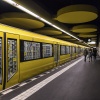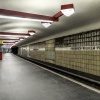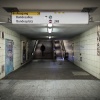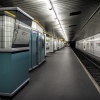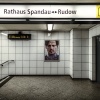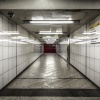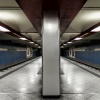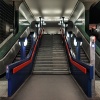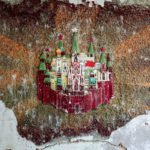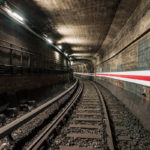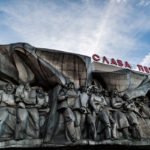Bypassing East Berlin with the U9
Running completely subterranean and on former West Berlin territory only the U9 line is 18 stops and 12.5km long. The line having orange as colour code connects Berlin’s Wedding district and the south-western Steglitz neighbourhood with the western city centre around the Zoological Garden station.
Although facing a couple of technical difficulties, the U9’s first spadeful of earth got turned in 1955 as the construction works had to underpass four already existing metro lines (todays U1, U2, U3 and U6), two S-Bahn railroads (the Ringbahn and Stadtbahn) as well as three watercourses (Spree river, Landwehrkanal and the Berlin-Spandau channel).
Fourteen days after the Berlin Wall was built the first track section from Leopoldplatz to Spichernstraße started operation. The U9 was basically brought into use to bypass East Berlin and to provide the densely populated districts Wedding as well as Steglitz a fast access to the former only city centre of Zoological Garden and Kurfürstendamm.
1971 the second section from Spichernstraße to Walter-Schreiber-Platz station started its operation. This south-ward extension saw its preliminary end by September 1974 when the U9 also connected Schloßstraße and Rathaus Steglitz stations. Those southern stops are exceptional as they structurally consider the U10 being planned at that time. At Schloßstraße station the U9 technically seen even runs on the actual rails of this U10 that so far never has been built.
After two years of construction works the last section from Leopoldplatz to Osloer Straße station started operation completing the U9’s nowadays route. From the very beginning Osloer Straße was planned to incorporate interchange possibilities to the U8 line, which started running up to Wittenau a year later in 1977.
Like all other of my photo series on Berlin’s underground lines this photo series got shot solely and strictly using aperture f/1.4 as well as a focal length of 24mm and together with my photographer friend Torsten Goltz.
